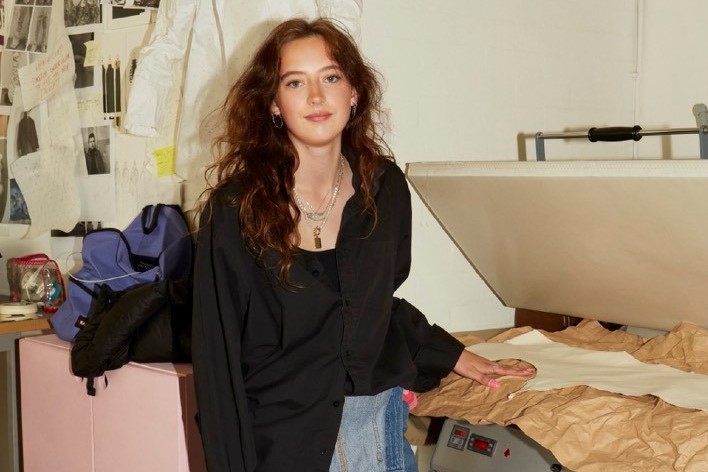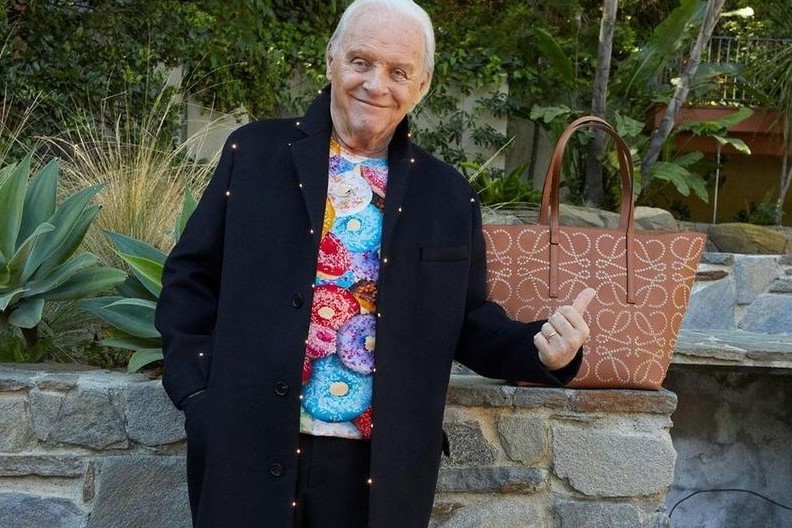On average, students in the UK face £50,000 of debt by the end of a three-year BA course. Fashion students, however, are expected to pay out even more, burdened with the costs of sourcing their own materials for samples and final collections. As CSM graduate Hannah Karpel noted in her documentary, Breaking The Class Ceiling, these overheads are forging a two-tier system, in which the working-class are in danger of becoming extinct. Add to this a harrowing cost of living crisis – where one in ten students are using food banks – and the barriers to a decent education have built barricades.
Meanwhile, the fashion industry is experiencing a very different problem altogether, blighted with an abundance of deadstock, waste, and excess materials. All too aware of this disparity, Burberry has just launched the second iteration of its ReBurberry initiative, donating over 12,000 metres of fabric to more than 30 fashion schools and universities across the UK – from the Edinburgh College of Art to the University of Brighton. First launched in conjunction with the British Fashion Council in 2020, the motivations of the project are two-fold: fostering the next generation of design talent while laying a blueprint for a circular economy. “By equipping students with these materials and tools to help their creativity thrive, we can all create a better future for our industry,” Nicole Lovett, the brand’s responsibility programme director, says.
Fashion brands have donated surplus fabrics to fashion schools before, but, historically speaking, this has always been on an ad-hoc basis, mostly benefitting London colleges. “This initiative means opportunity,” Hayley Cochrane, a fashion student at the Edinburgh College of Art, says. “It allows the designers of tomorrow to bring new life to the most luxurious designer fabrics, that as students we would otherwise not have been able to work with, whilst also allowing us to link our education and designs with one of the biggest names in the industry.” Leila Eskandary-Miles, a fashion and business studies student at the University of Brighton, agrees, noting that “if more companies were to employ this circular approach towards their own excess, both up-and-coming designers and the environment would benefit.”
ReBurberry, therefore, is about setting an example, not just to the wider industry, but to the students themselves. “Using the leftover fabrics as part of this initiative has really made me think about how I can be resourceful with my materials,” Georgia Bate says, who also studies fashion and business at Brighton. “It’s encouraged me to explore other materials to incorporate into my designs, which may not typically be considered as fabric,” she adds, having incorporated recycled brown paper alongside Burberry’s luxury donations. And in time, these lessons will come to shape the students’ professional contributions. As Luca McCarry, another Brightonian can attest: “Reducing waste in the fashion industry is critical to the future of the industry and should be at the front of more organisations’ minds. The sooner the fashion industry becomes a circular economy the better, not just for the environment, but for designers too.”













